International:
North America:
Menu

THE KINGS OF KILIMANJARO
International:
North America:
- Home
- Kilimanjaro Climb
- Kilimanjaro Planner
- Other Treks
- About Us
- Dates + Prices + Booking
- Contact
International:
North America:

THE KINGS OF KILIMANJARO
International:

On a friend’s dare, Eddie leads his first expedition across Africa in British Army Land Rovers via the Sahara. The expedition is planned for 4 months, and cost $850 to join. That’s where it all started.
Adding to the excitement, while in Benin in West Africa they get stopped at a roadblock. The soldiers at the roadblock think that the group are mercenaries and take the group to prison. Eddie and the US consul hatch a trick to get the group out of captivity – but only after having spent two weeks there. That was Africa in the crazy 1970’s.
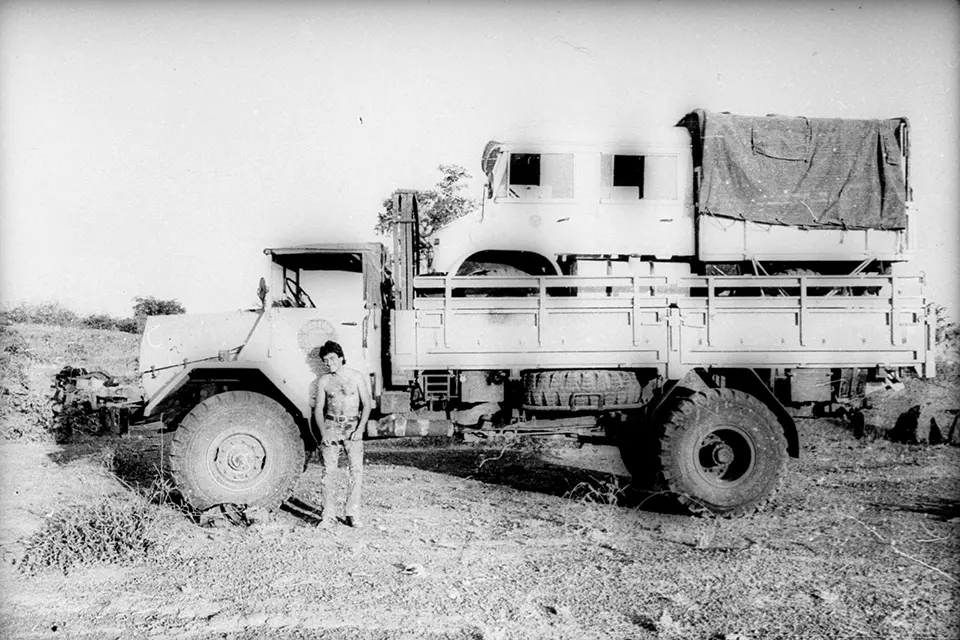
Eddie launches a daring trans-Sahara truck selling business in West Africa. However, a rough start with breakdowns and massive sandstorms leave him almost broke.
Down to his last $20, Eddie finds himself stranded in Bangui in the Central African Empire. The military dictator, self-appointed Emperor Bokassa, who was rumored to have human flesh in his fridge, approaches Eddie and buys his four trucks. Two months after Eddie leaves the country Emperor Bokassa gets deposed by a military coup.
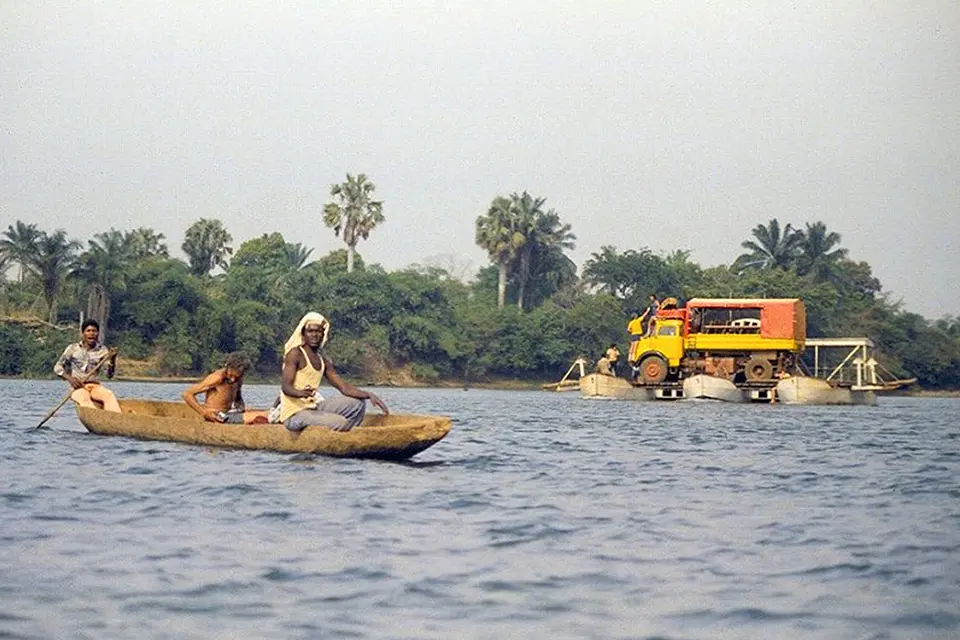
Eddie leads 16 adventurers in a 6-ton truck across the Congo River on a barge, built out of three canoes roped together. The year before a friend sunk a similar truck in the river.
During these early years Eddie crosses Africa a lot, including 33 times across the Sahara Desert. On numerous occasions he gets lost in the desert, but eventually finds his way out. He says that each time he crossed Africa he feels like he is stepping into another world, full of fascinating cultures, traditions, and landscapes.

While crisscrossing the African continent, Eddie arrives in Tanzania and his encounter with the wildlife feels really familiar from his childhood in the African bush. So, he starts leading wildlife safaris in East Africa.
While on safari in a remote part of Botswana, while watching a pride of lions 15 yards away, Eddie hears diesel pouring out the bottom of his fuel tank. With one eye on the lions, he crawls under the truck to fix the leak. Leak repaired, and arms and legs intact, he gets on his way.
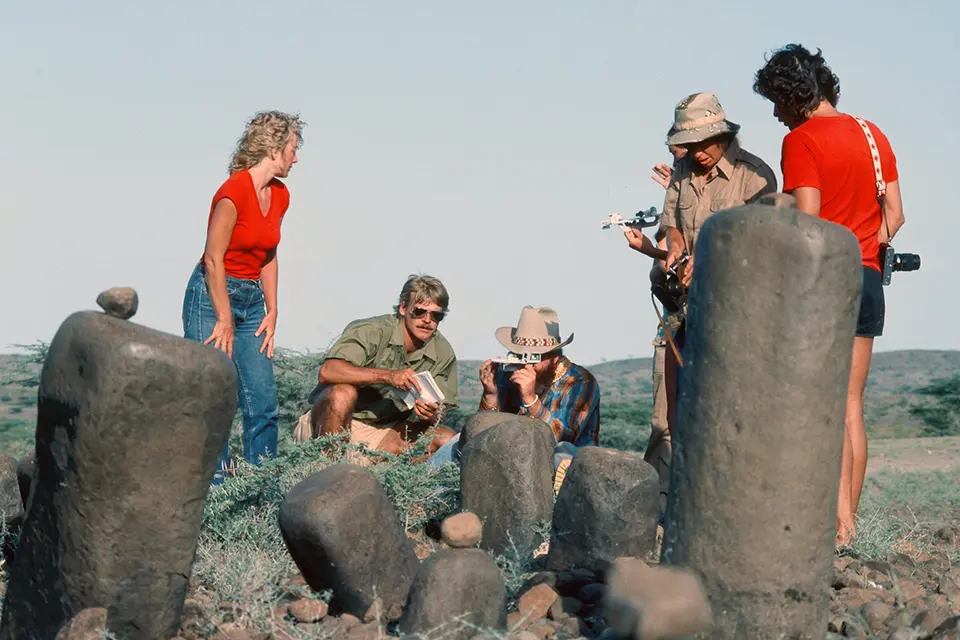
Teaming up with NASA astronomer, Dr. Laurance Doyle, Eddie leads and expedition to NAMORATUNGA in north Kenya, a remote site with a 2,000-year history. They discover that a now-extinct pastoralist people used stone pillars as an observatory.
The site is known as NAMORATUNGA which means “people of stone. ” A local legend says that men turned to stone if they laughed or cried while the devil sang his song. Frank and Doyle still run astronomy trips to view solar eclipses.

Tusker’s trans-Africa expedition celebrates New Year’s Eve in the dusty Sahara town of Agadez. They plan to cross the border into Nigeria the following day. But the Nigerian army stages a coup and closes its borders.
The group is stuck in the neighboring country of Niger for the next 3 weeks. Then Nigeria opens up — but only for 5 days. Long enough for the group to get in, and out the other side to the Cameroun.
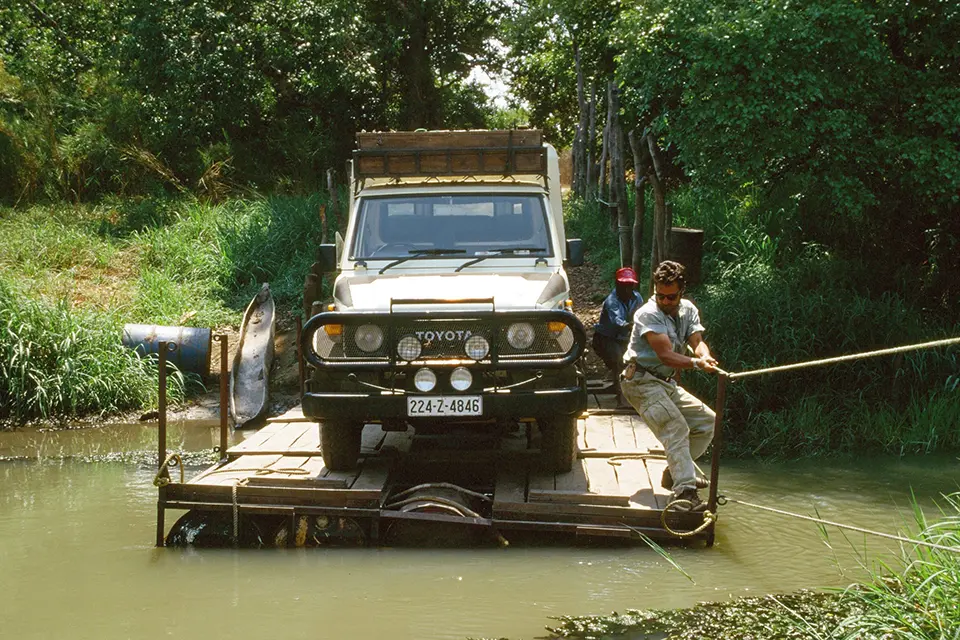
Eddie moves Tusker’s safari base from East Africa to Zambia at the Victoria Falls. This turns out to be exactly where his parents had their honeymoon in 1951!
Now located close to the Zambesi River, Eddie runs leads exciting scouting trips into western Zambia and takes his groups canoeing down the Zambesi River amongst hippos and crocodiles, viewing the massive herds of elephants and other wildlife on the riverbanks.
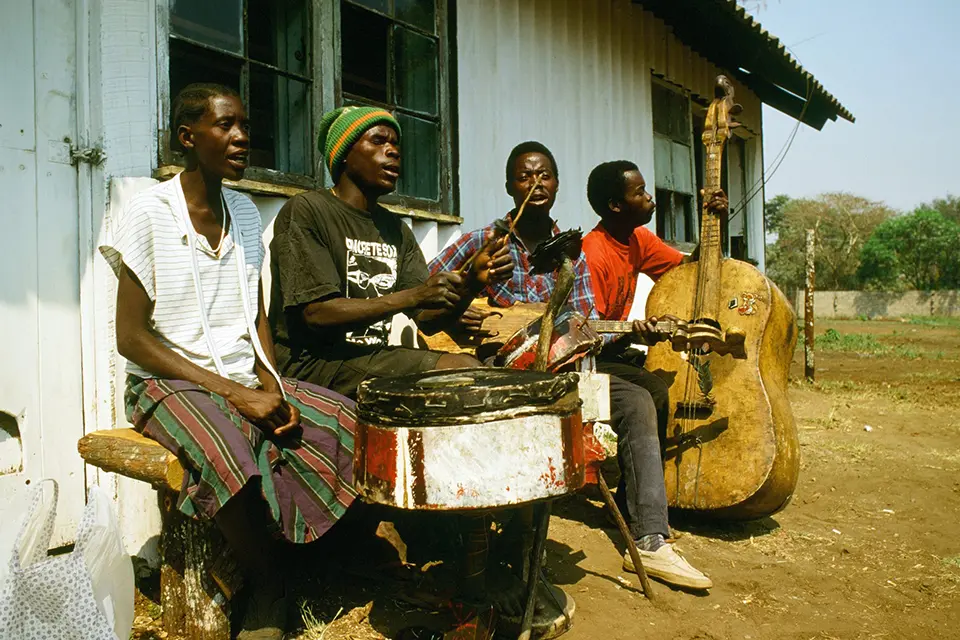
Eddie walks into the radio station with an armful of records that he just brought back from Africa. The beat is good, the DJ invites him back every time he returns from Africa – for the next 9 years until the show ends in 1993.
Over the years, with his passion for African music, Eddie amasses one of the largest and finest collections of African dance music outside of Africa. In the process he builds a life-long friendship with African music star Samba Mapangala, who hails from the Congo via Kenya.

When crossing borders on an expedition, Eddie uses a savvy mix of diplomacy, political awareness, and an occasional ”gift.” His advice: Always be respectful, extremely patient, and buddy up with the border guards.
Around midnight on a safari some lions start playing with the tents flapping in the wind. Eddie gets up and chases the cats away with a flaming log from the campfire.
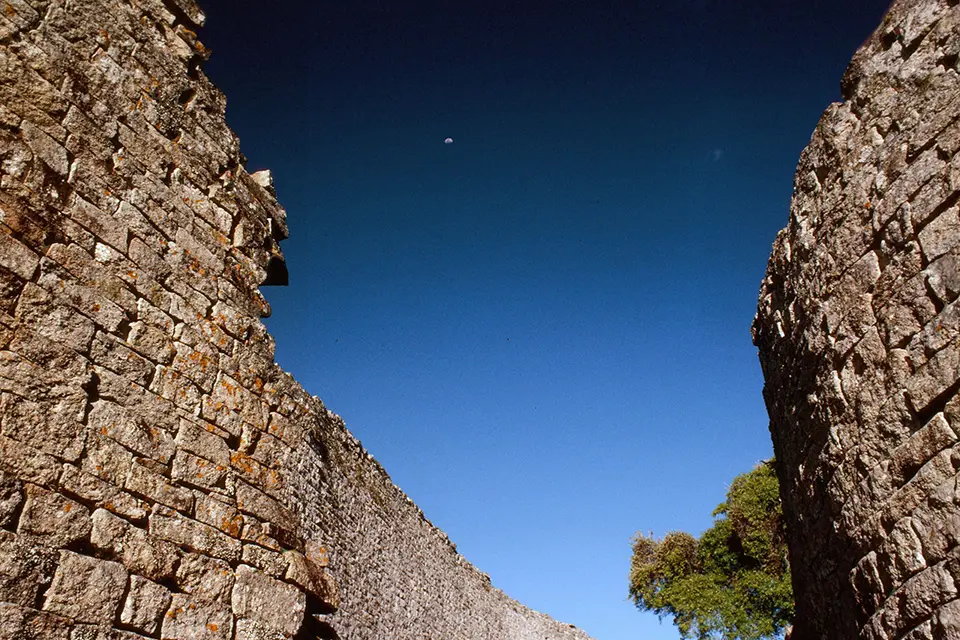
Eddie and Dr. Laurance Doyle team up again, on a scientific expedition to the Great Zimbabwe Ruins. They discover a unique stone marker showing that the ruins have astronomical features dating from 400-1400 AD.
Following the moon, sun, planets and stars for centuries, the position of the ruins and their complex markings suggest ancient Zimbabweans tracked orbital patterns of Earth and Venus, allowing them to forecast eclipses.
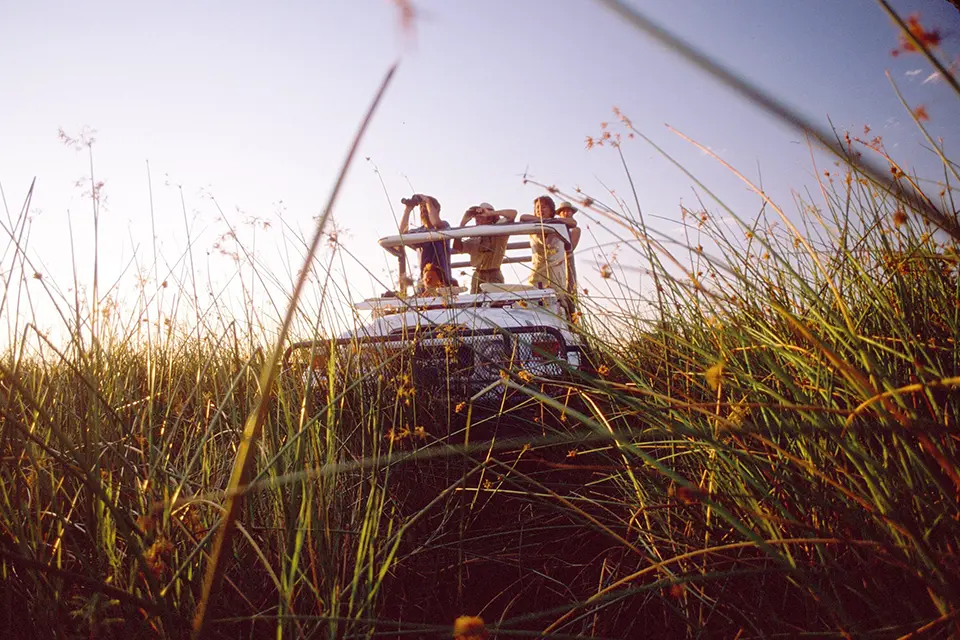
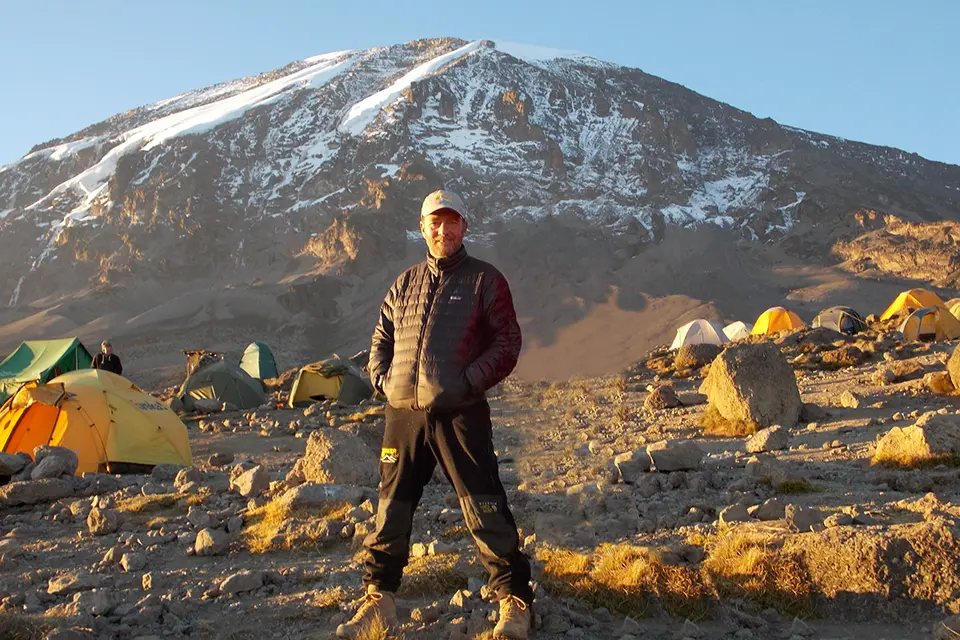

Eddie Frank’s belief in helping others prompts Tusker to start running Kilimanjaro charity climbs. The first climb by the Make-a-Wish Foundation starts a trend that continues to this day, with over $13,000,000 raised so far on Tusker’s climbs.
A charity climb is an incredible way to take on the personal challenge of climbing Kilimanjaro’s summit on a life changing adventure and change the life of others at the same time. The feeling is beyond rewarding.
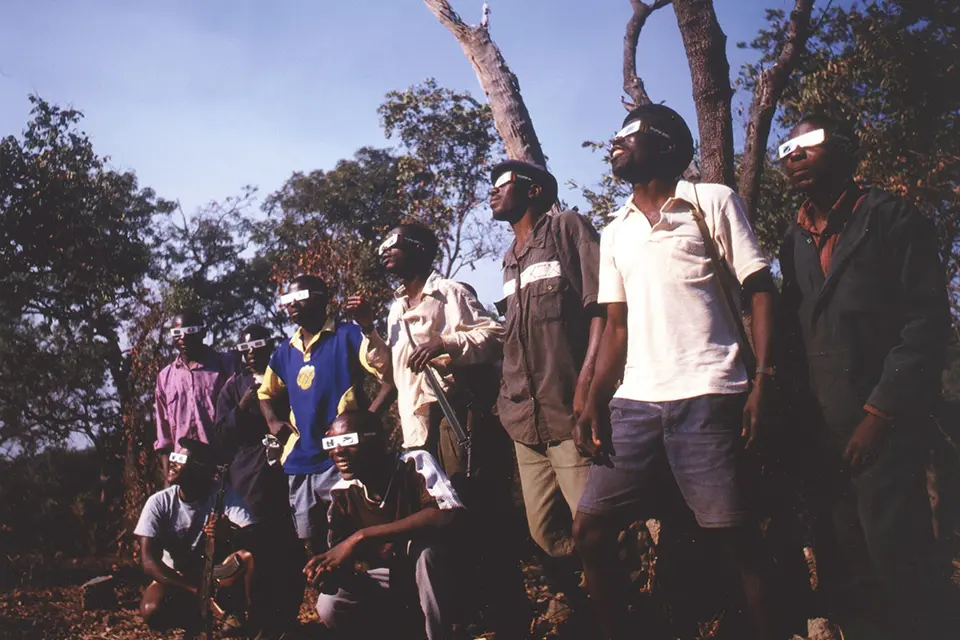
Tusker runs its first Solar Eclipse trip with NASA astronomer, Dr. Laurence Doyle, in Zambia. It occurs on June 21, and is the first solar eclipse of the 21st century. The group enjoys almost four minutes of totality on a remote hilltop in Zambia’s Kafue National Park.
Prior to the eclipse Eddie and his team are scouting a prime viewing location, and they get attacked by poachers who set massive bush fires to burn them out. Eddie runs the fires in the Landcruiser, and the team escapes unharmed.

Eddie saw that first aid training didn’t address the majority of medical issues that occur at high altitude. So he and Tusker’s medical advisors create the High Altitude First Responder (HAFR) course on Kilimanjaro.
The HAFR course spans five days with a 100% focus on high altitude medical conditions where guides learn how to monitor, detect and treat altitude problems. This medical course is recognized by leading altitude physicians all over the world.
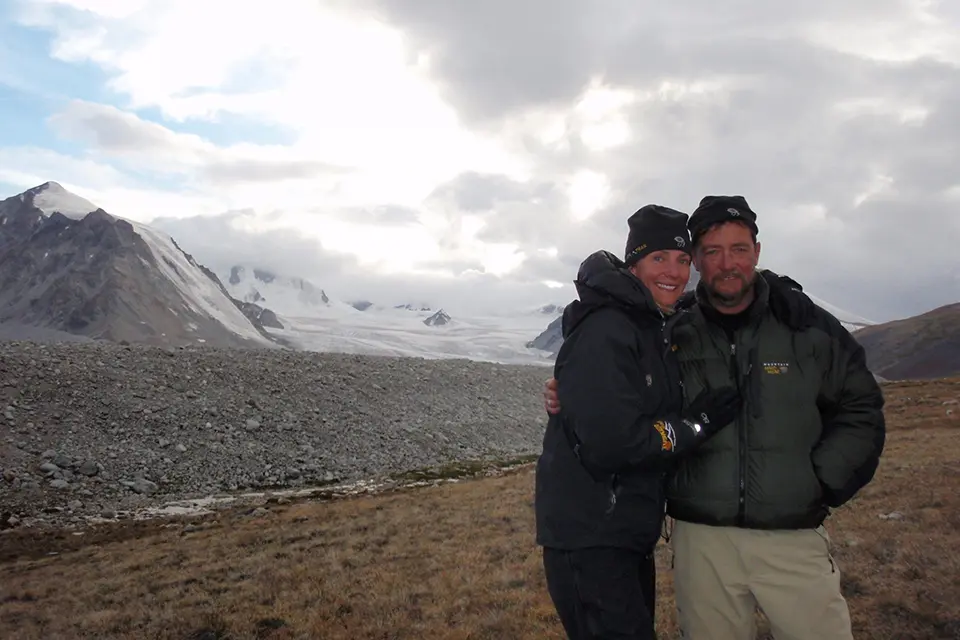
On Eddie’s 23rd Kilimanjaro climb he meets Amy, an accomplished outdoor guide and mountaineer who has spent most of her life leading trekkers through the outback of Canada.
They band together and create a new chapter for Tusker Trail with their sights set on new treks in distant lands. A formidable team, they pioneer, scout and craft exciting journeys stretching out across the globe.
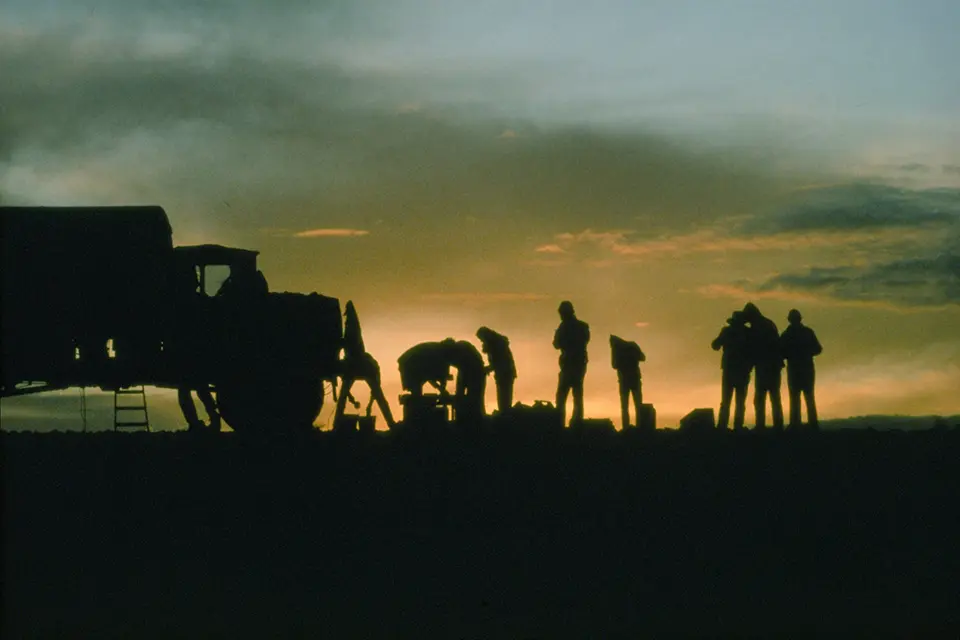
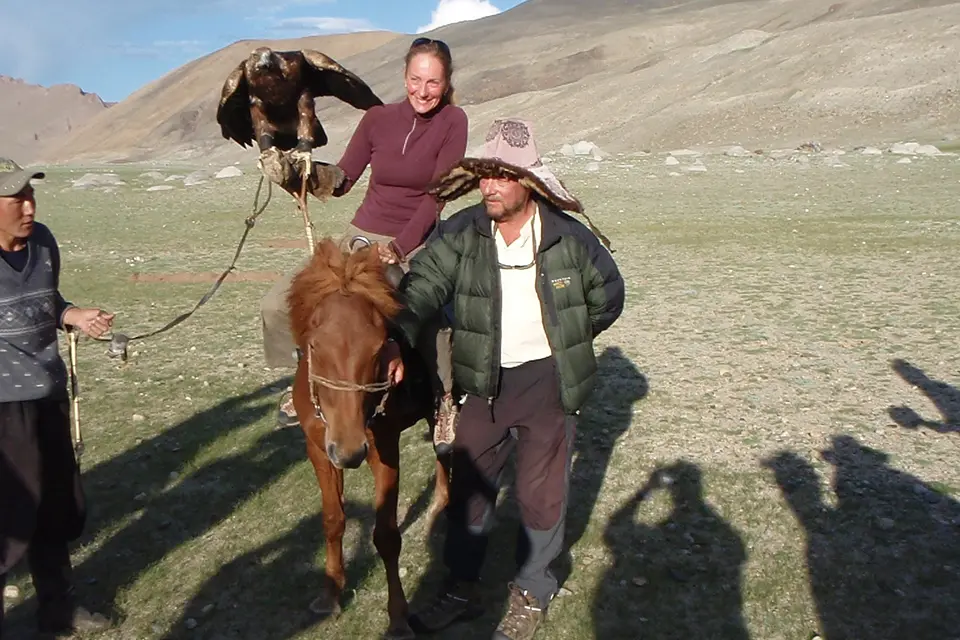
Traveling 3,000 miles in Mongolia, Eddie and Amy discover one of the world's last pristine wildernesses and some of the richest history on the planet. It is Inhabited by nomadic Eagle hunters and Tuvan herders who have been living their traditional lifestyle for over 1,000 years.
Eddie and Amy launch Tusker's Mongolia Trek, which catches the eye of OUTSIDE MAGAZINE, who presents Tusker their coveted "2011 Trip of the Year" award. Tusker Trail runs this very same award winning trek today.

On Friday, Aug 1, 2008, Tusker and NASA astrophysicist, Dr. Laurance Doyle lead 47 adventurers to the remote far west of Mongolia to experience the magical total Solar Eclipse.
The path of totality begins in northern Canada where the moon's shadow first touches the earth, then for two hours it moves across the Arctic, central Russia, till it passes over the Tusker group, camped in Mongolia's Altai Mountains.
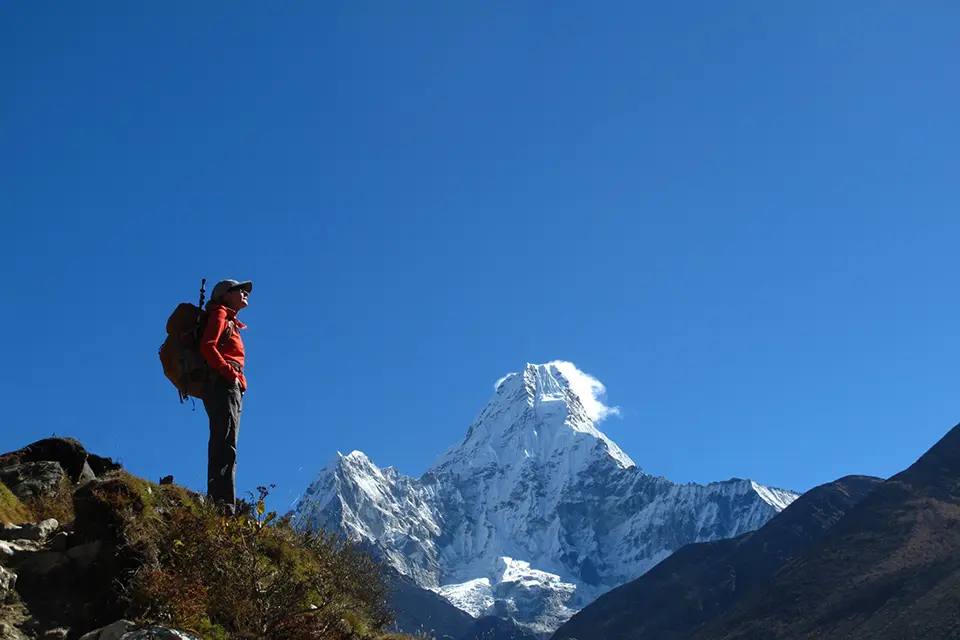
Amy and Eddie Frank are the medical guiding team on a Charity Trek to Everest Base Camp, Nepal. The trek is led by a 7-summit climbing friends of theirs. On the tough trek they scout the possibilities for future Tusker journeys in the region.
They guide 27 trekkers over hanging bridges and remote Sherpa villages, hiking the ridges and deep valleys of the magnificent Himalayas on what is to become one of Tusker’s most exciting and challenging treks. Tusker runs the trek to this day.
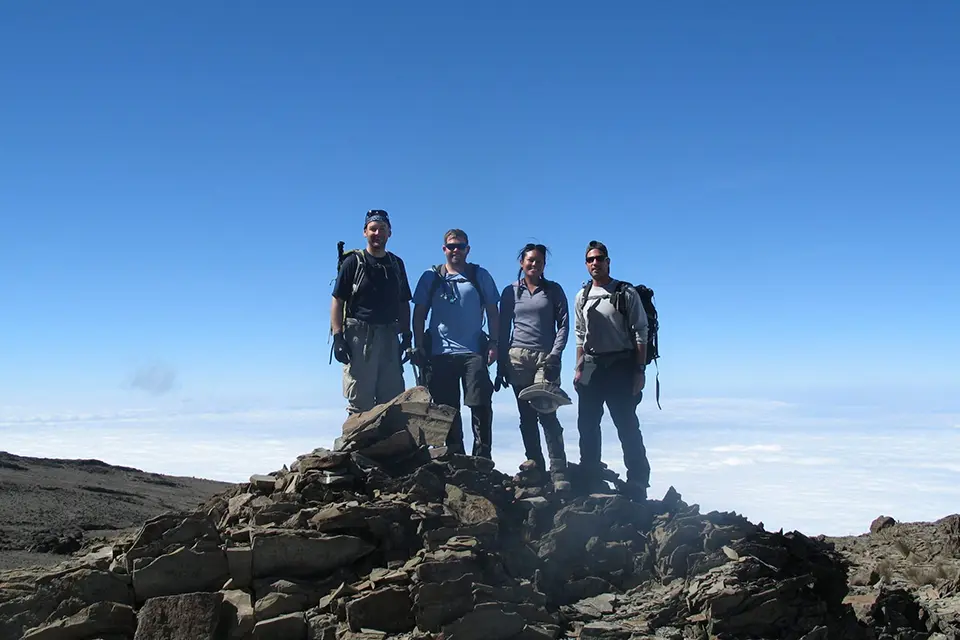
Tusker teams up on Kilimanjaro with Dr. Greg Bledsoe and Dr. Michael Callahan to run its first wilderness medical training course for medical professionals, where they earn CME study credits.
When climbing Kilimanjaro on a CME climb your multi-day live activity workshop occurs while climbing the slopes of Kilimanjaro. You participating in medical activities and classes required to earn the CME credits to maintain your medical license.
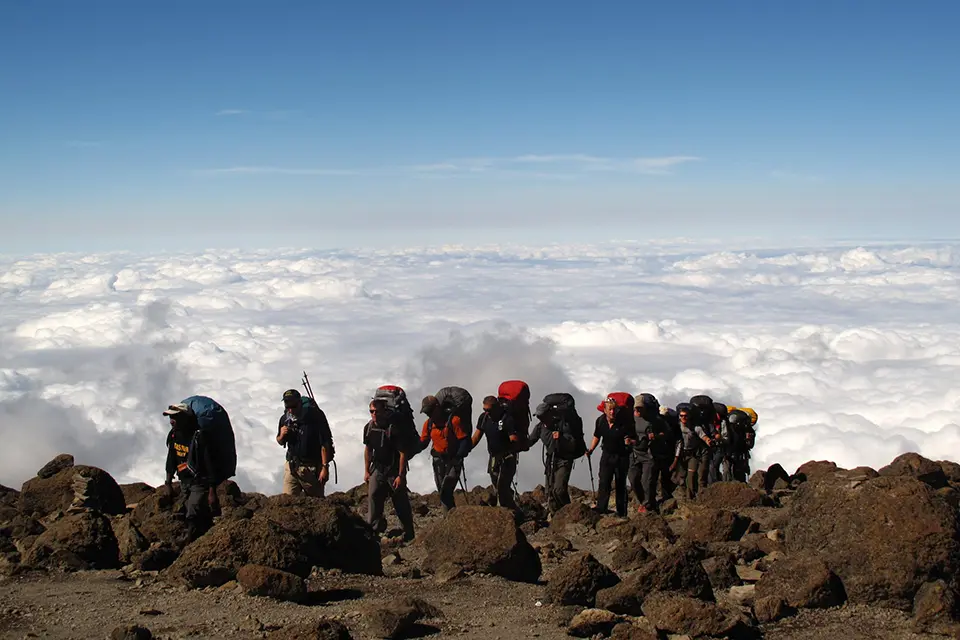
Tusker's reputation at high altitude prompts the U.S. Defense Advanced Research Project Agency to ask Eddie to assist with research and provide high altitude medical training for elite special forces operators.
The goal is to ensure that special operators experience the body's natural response during altitude sickness in a safe environment so they can recognize the early signs and react proactively to avoid acute mountain sickness.
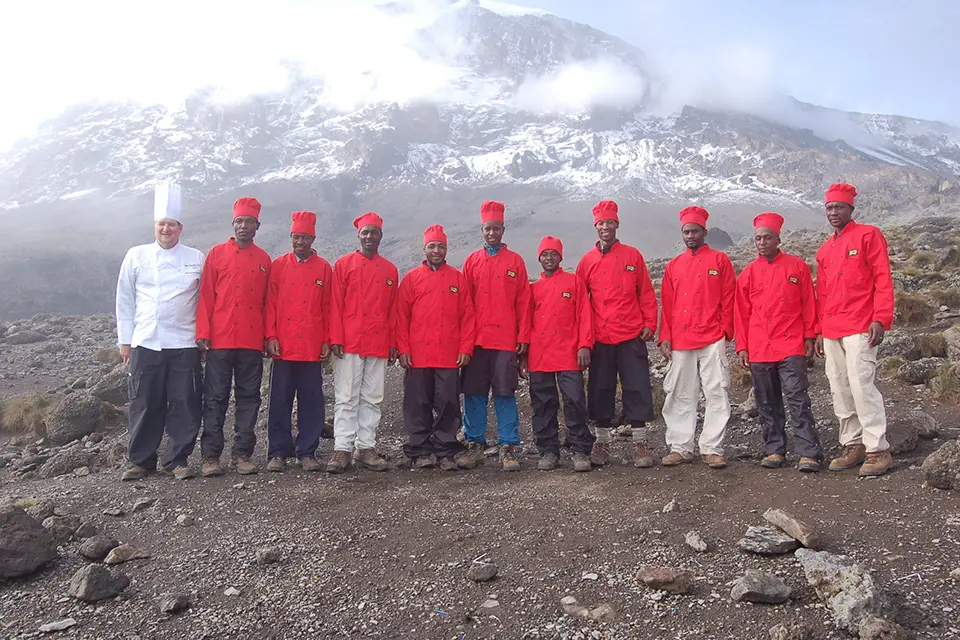
Eddie and Amy brainstorm on how to create a unique and well-designed Kilimanjaro mountain meal experience. They engage the Culinary Institute of America (CIA) to train its team of cooks. In a mountain first, CIA Master Chef James Hanyzeski flies to Tanzania to train and climb with the cooking team.
Your entire climbing menu is designed by Amy Frank, a nutrition expert, along with CIA Professor of Culinary Arts, David Kamen. Together they create a delicious climb-specific menu, using locally grown food and produce.
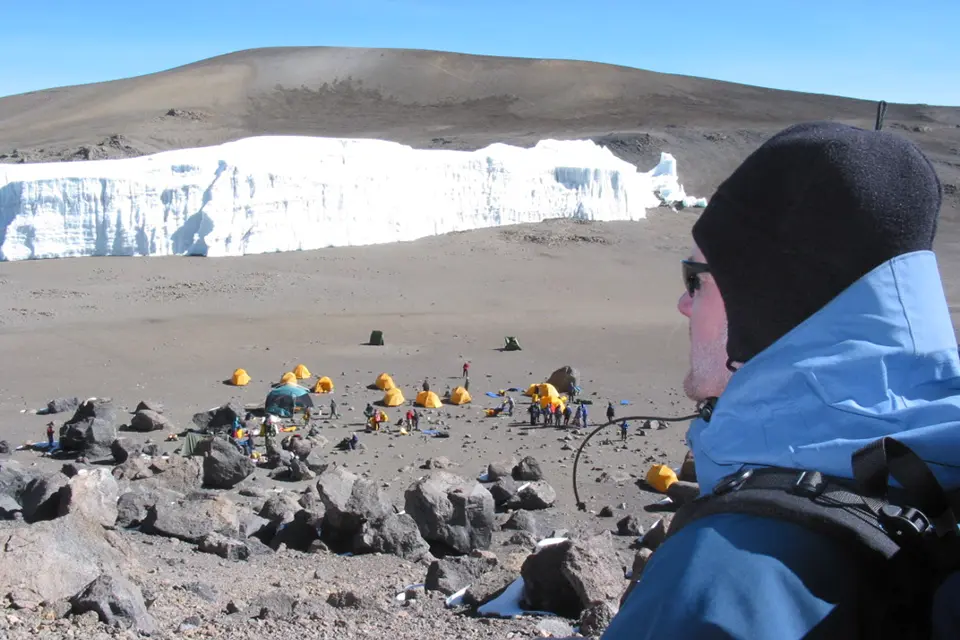

After two years of scouting, Tusker mounts its first trek in the magical kingdom of Bhutan. Deep in the Himalayas, Bhutan is known for its majestic monasteries, healthy forests and breathtaking mountains defining the Himalayas. It is also one of the most rugged places on earth for trekking.
The Kingdom of Bhutan is also known as the Land of the Thunder Dragon, and when you trek there, its ancient beauty, mythical lure, and rich cultural heritage captivate you.
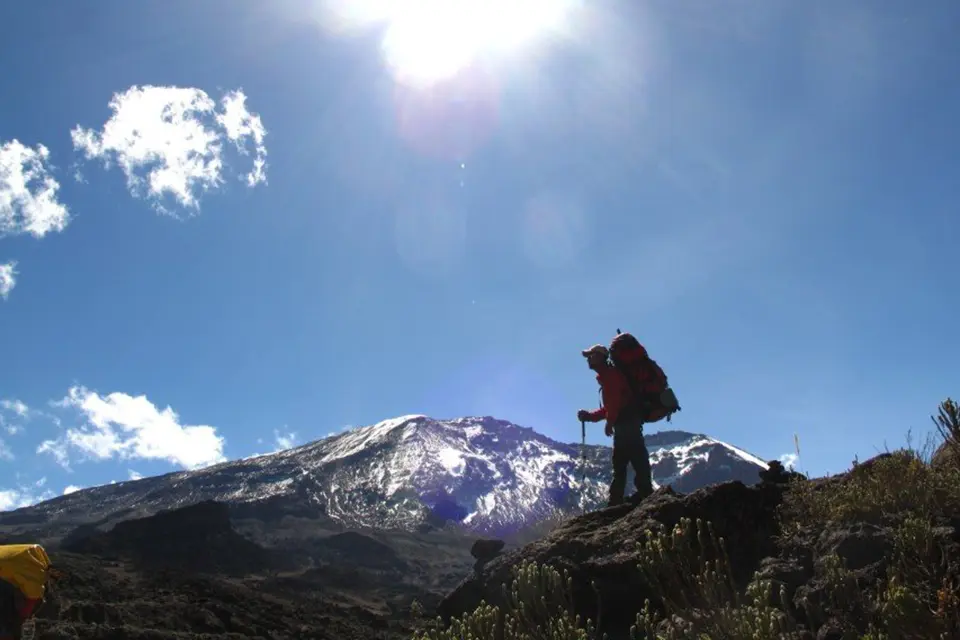
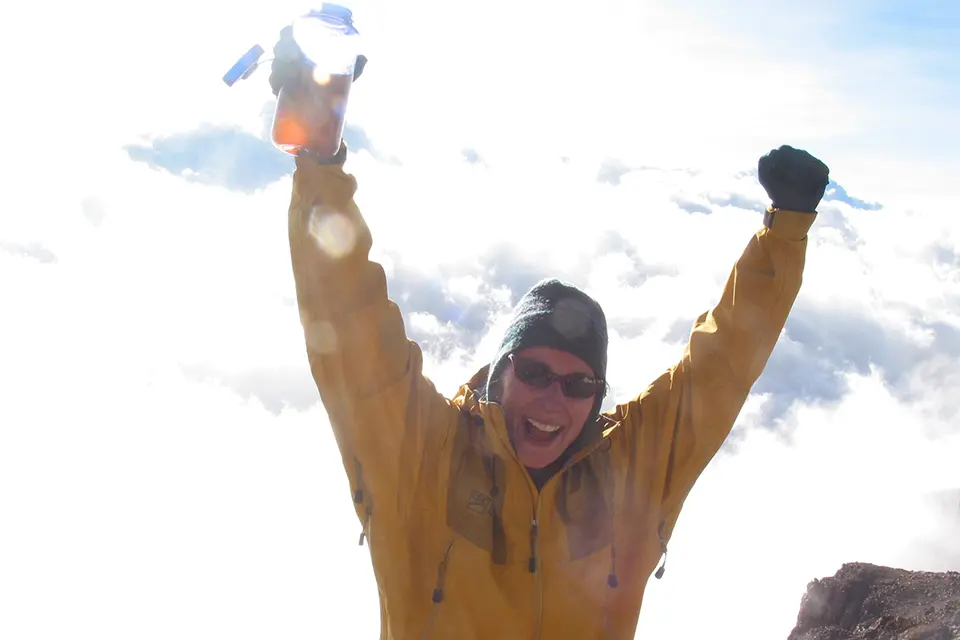
Since Tusker's first charity climb for the Make-a-Wish Foundation in 2001, climbers raise a total of $13,000,000 for 77 large and small charities on Tusker's Kilimanjaro charity climbs over the years.
Climbing Kilimanjaro for charity is an incredible way for you to take on your personal challenge of Kilimanjaro’s summit, embark on a life changing adventure, and change the life of others who can certainly use the help.
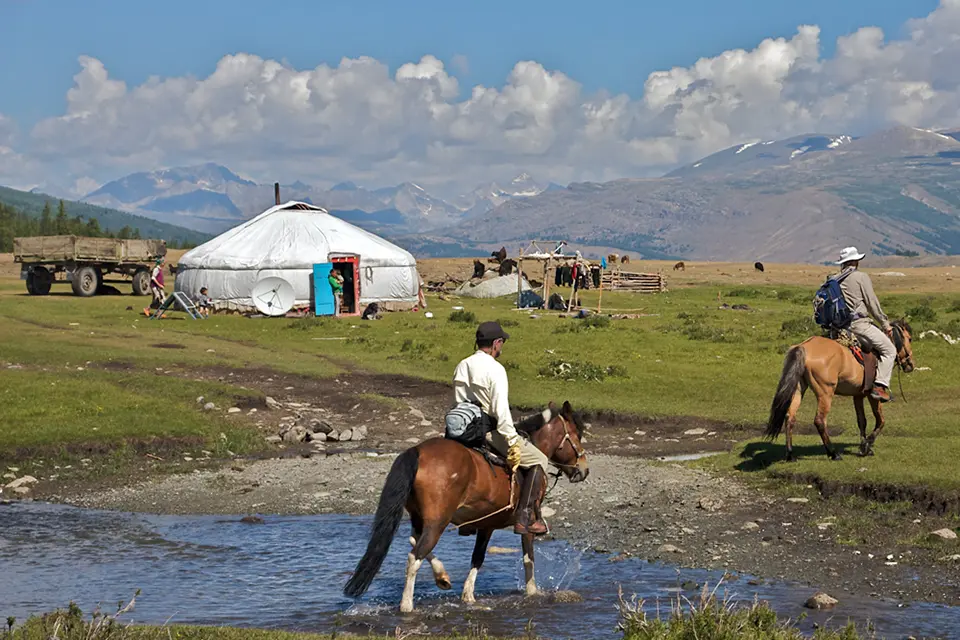
Tusker celebrates its tenth year of leading the Mongolia Nomad Trek following in the footsteps of ancient nomads in the remote far west of Mongolia. Tusker's Mongolian Nomad trek has been recognized by Outside Magazine with their "Trip of the Year" award.
There is one reason why Tusker created this Mongolia Nomad Trek - ADVENTURE. Eddie and Amy Frank accidentally discovered the Altai Tavn Bogd national park while scouting a solar eclipse trip in 2006 -- and they never left.

Amy and Eddie Frank, with biologist Thomas Rüegg publish the definitive Field Guide to the Flora of Kilimanjaro that has become a must-have for climbers from around the world.
The variety of flora on Kilimanjaro is vast and spectacular. It takes them ten years to complete book. This great resource gives you a greater appreciation of the diversity Kilimanjaro's vegetation while climbing through the magnificent landscapes.
Blast From The Past
Photo Gallery
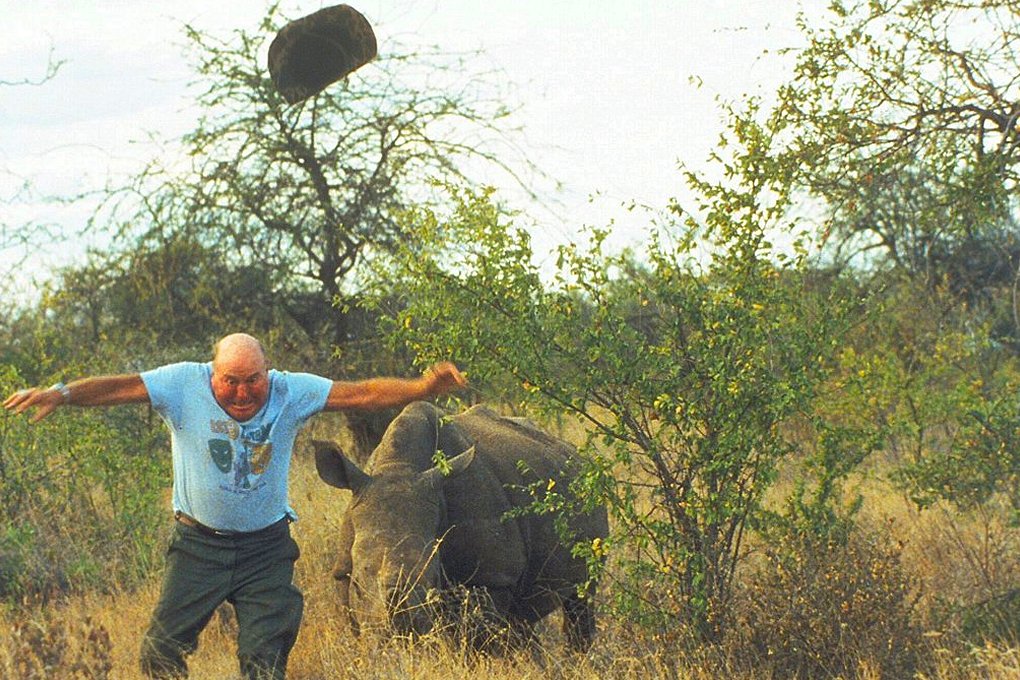
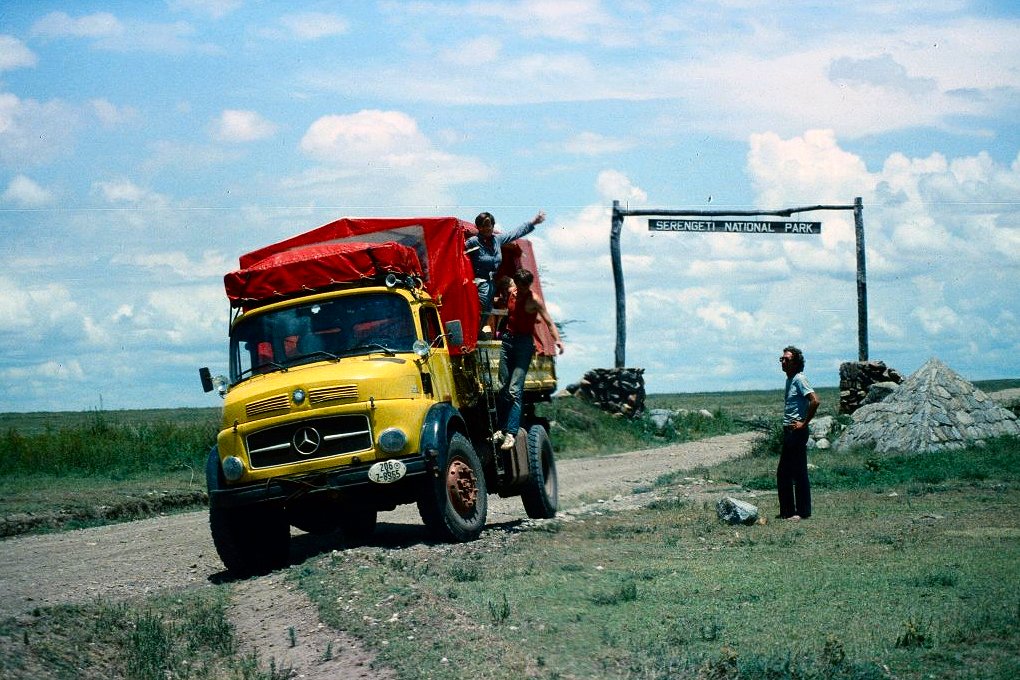

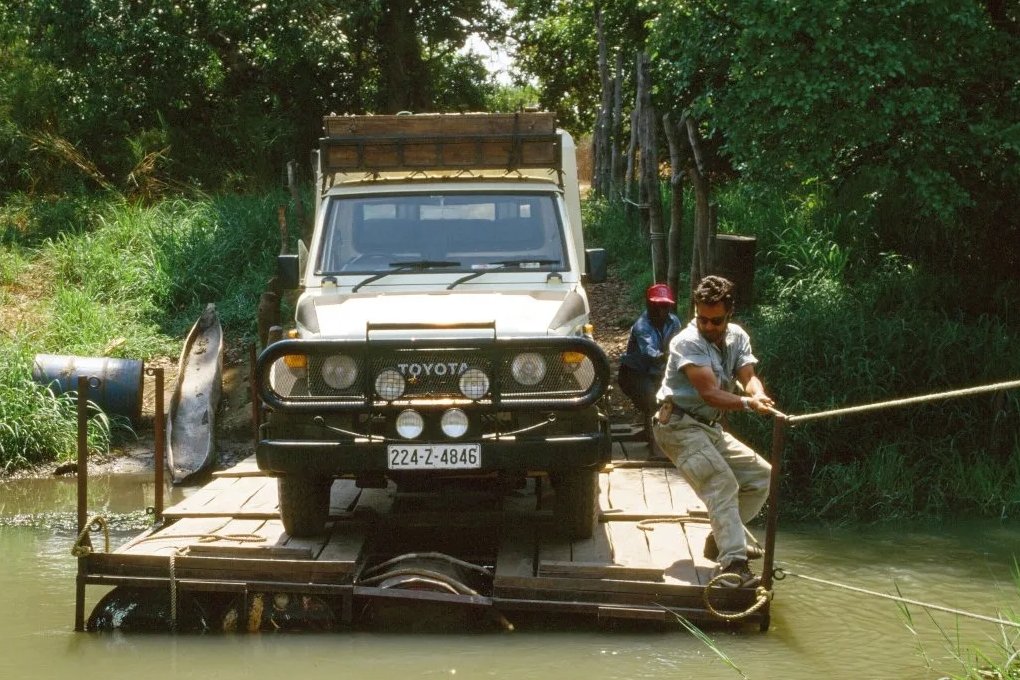
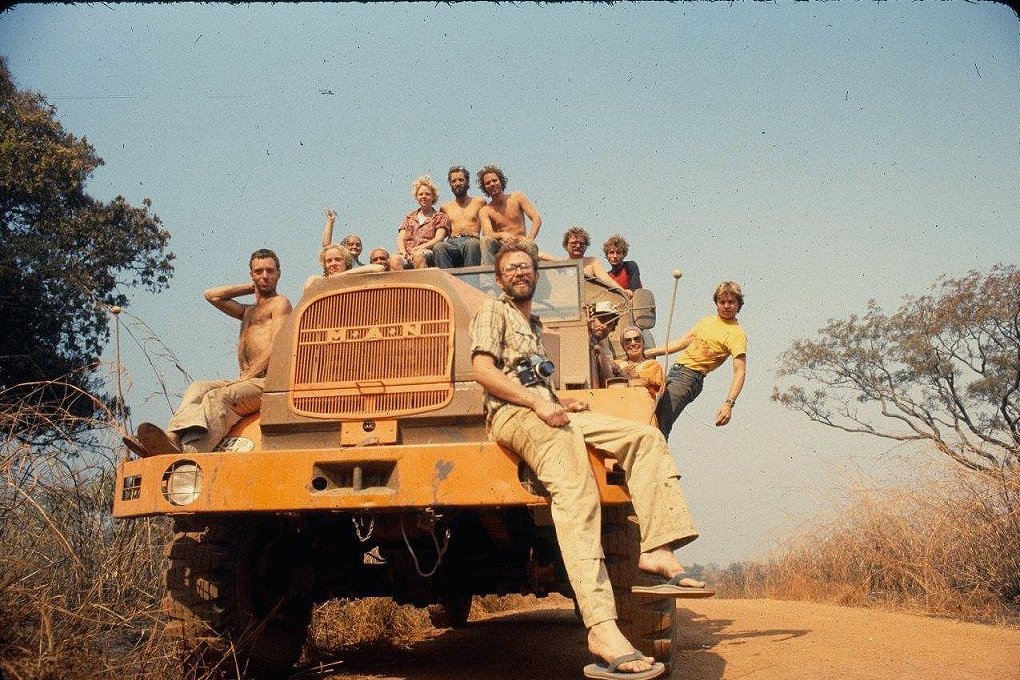
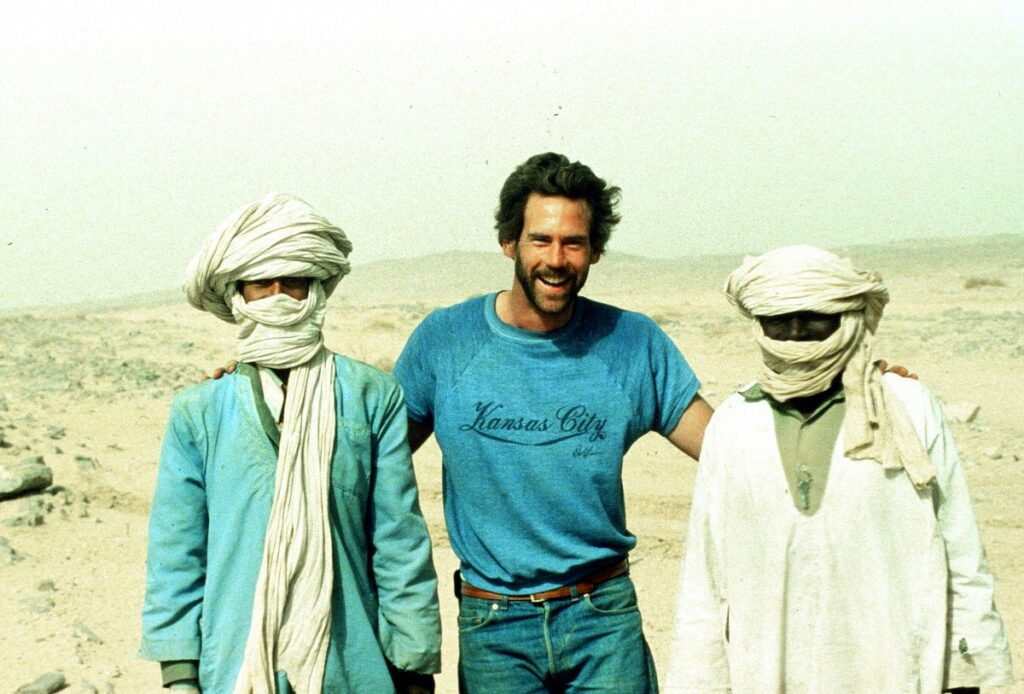
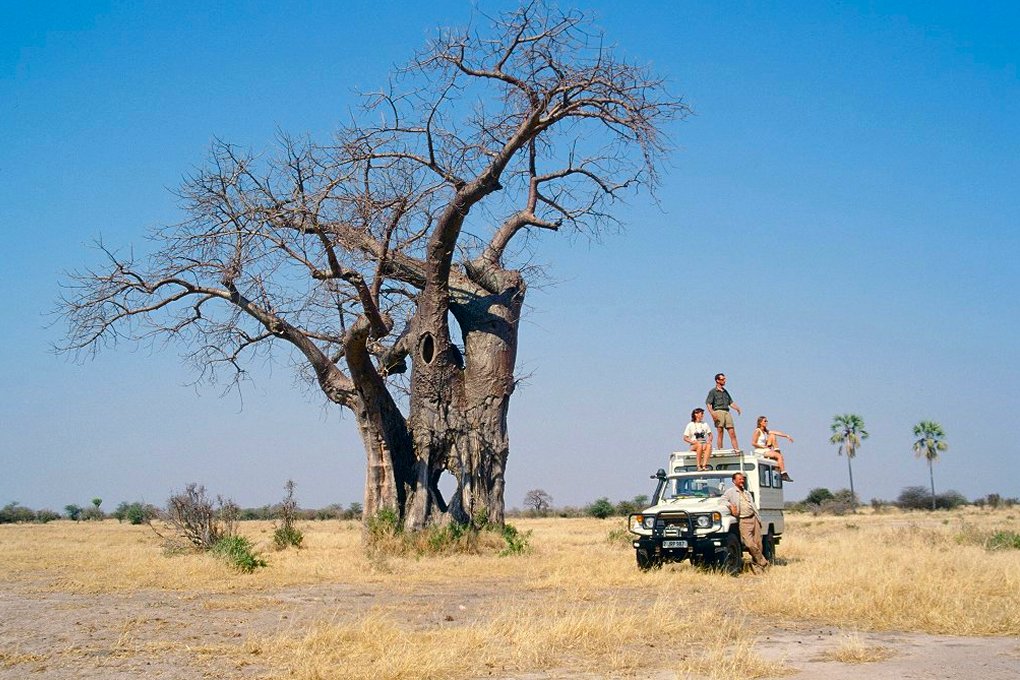
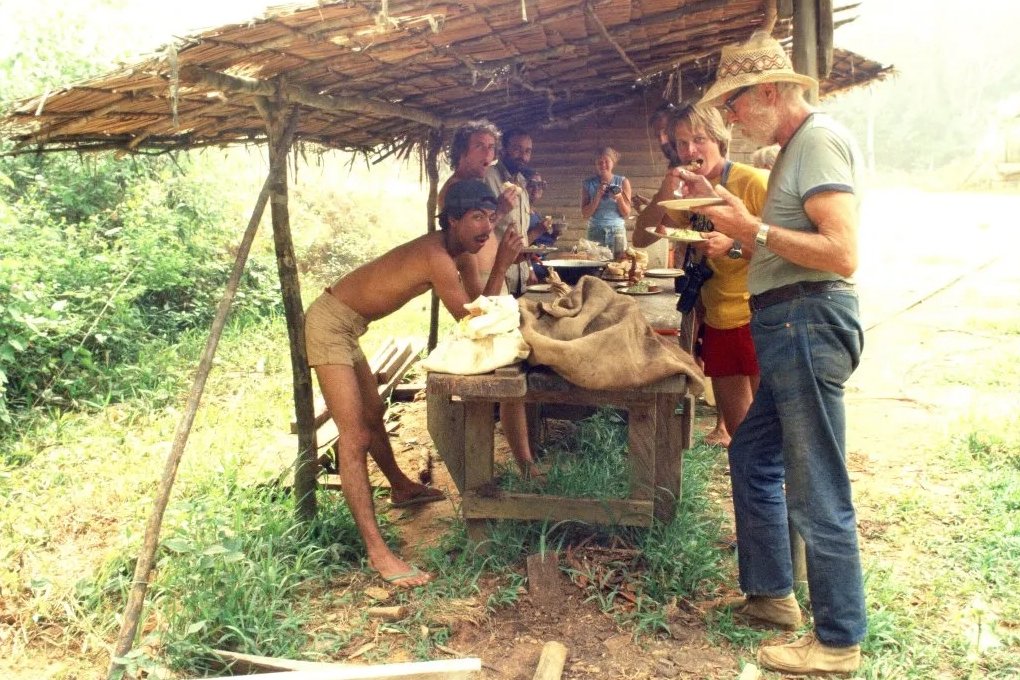
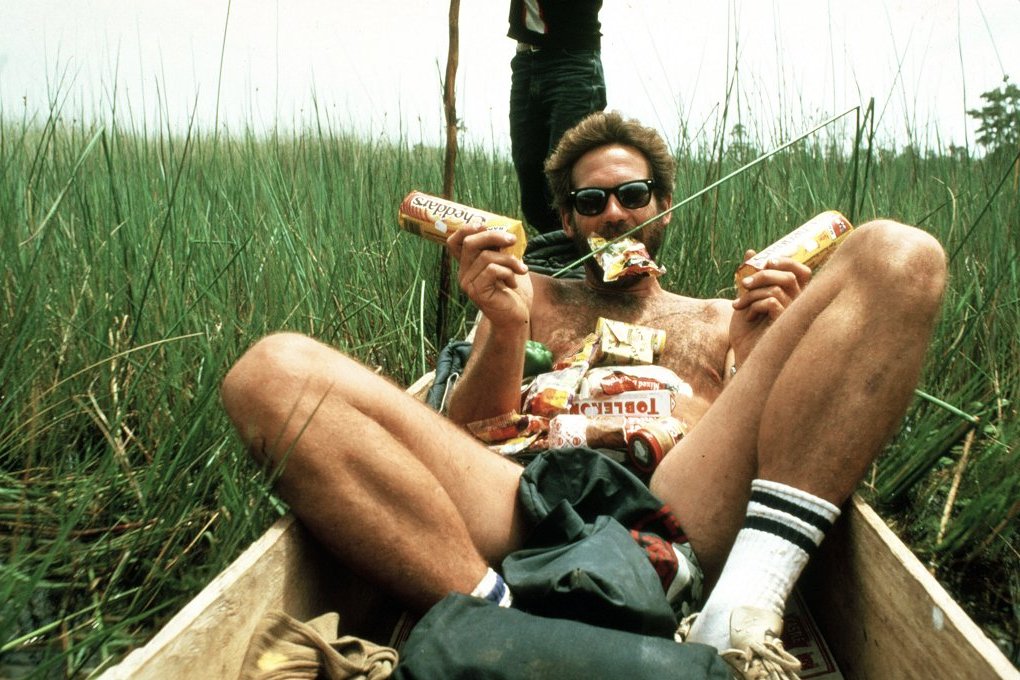
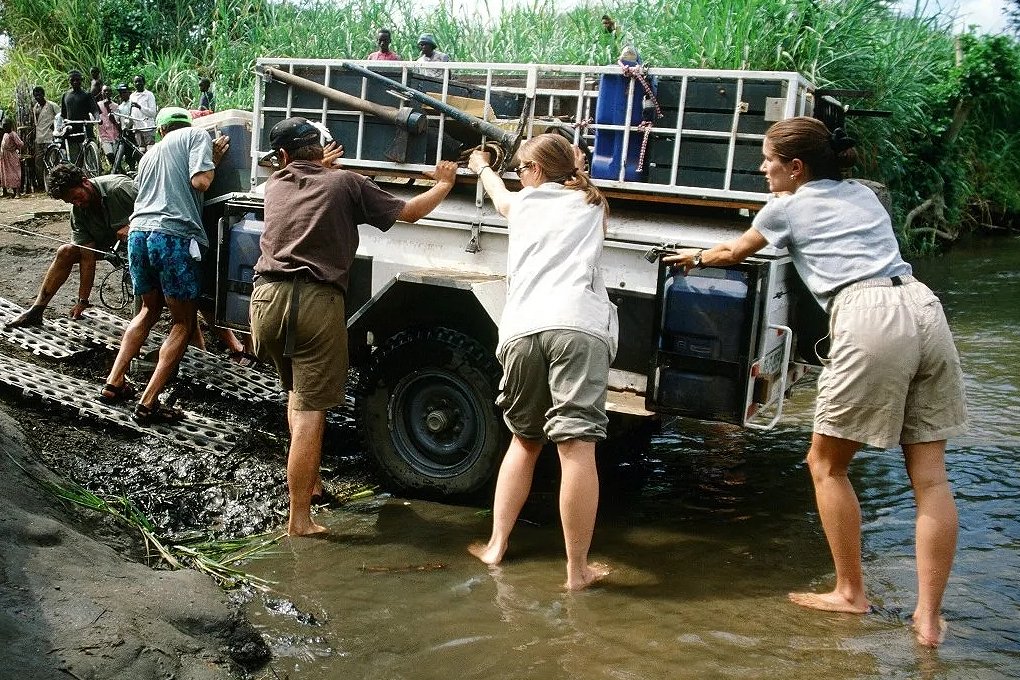

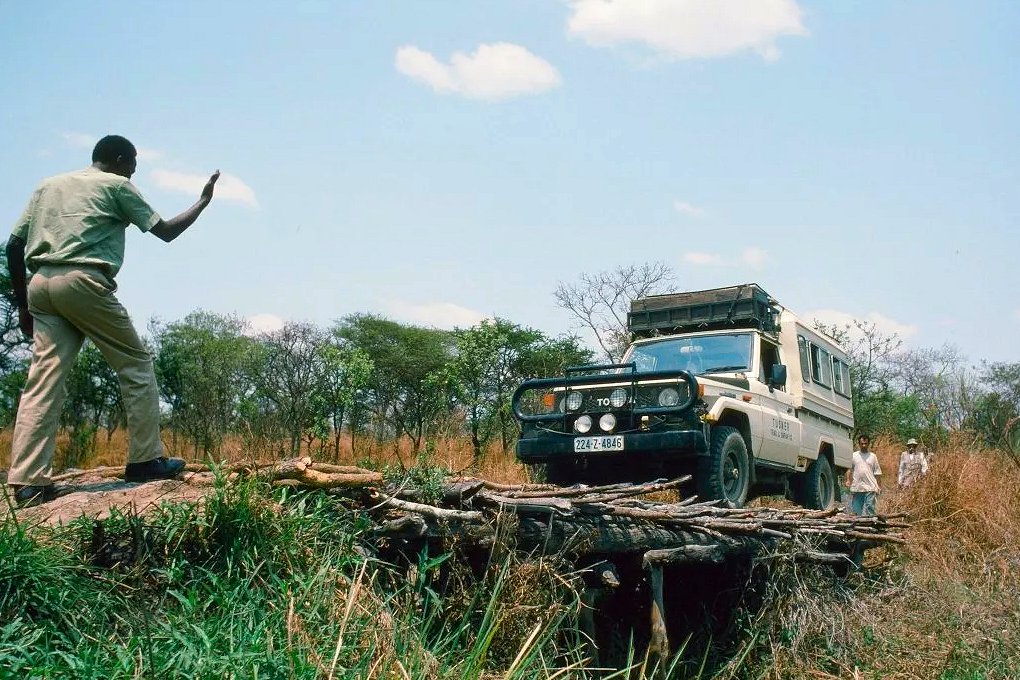


Tusker’s Worldwide Treks
On a Tusker Trail adventure the wild and untamed world is laid bare for the taking. Eddie and Amy Frank have personally scouted and crafted each adventure, from trekking through the rugged mountains of Mongolia in the footsteps of ancient nomads, to standing at the base of mighty Mount Everest, exploring the icy fjords of Greenland, and tackling the summit of the mighty Kilimanjaro. Each journey is designed to inspire, to challenge and to enrich your life. Don’t just take our word for it, click through and see for yourself the boundless possibilities that await you on a Tusker Trail adventure.